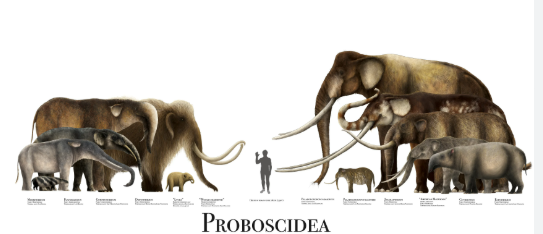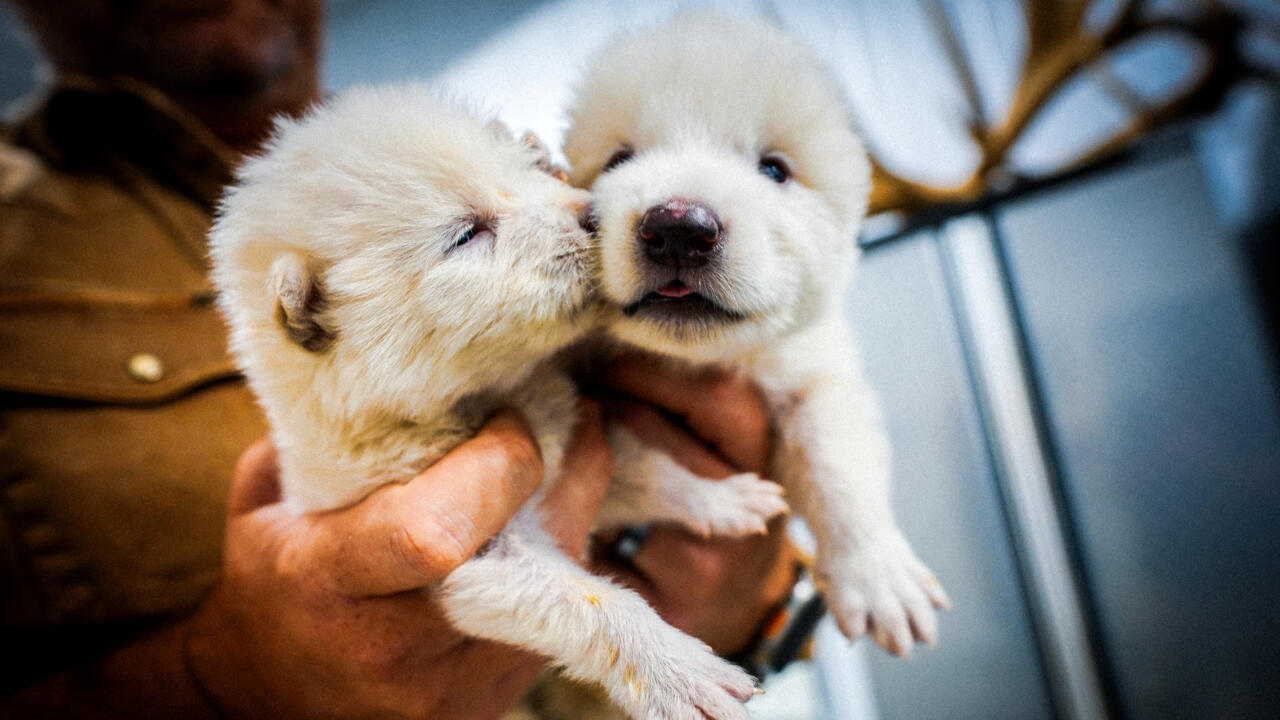Scientists have been working long and hard to genetically engineer extinct animals, but is that really a good idea?
Imagine you are walking your dog as the sun rises on a warm spring day, and all of a sudden, you look up and see a tyrannosaurus! I bet that would definitely ruin someones day. Not only would these gargantuan animals be a danger to us humans, but they would also endanger the environment and species around them.
As many scientists have worked to bring extinct animals back to Earth, they’ve struggled immensely. But recently, their experiments, tests, and studies have given them what they’ve been looking for. Colossal Biosciences announced the news in a Time Magazine story and press release on April 7. Billed as a “de-extinction” company, Colossal said it has successfully birthed three dire wolves, which were previously extinct for more than 12,500 years.
Potential Problems with the Restoration of the Dire Wolf
This new discovery may seem extremely successful for some scientists, but others think differently. “This is not the dire wolf. This is something they have created that has phenotypic characteristics of dire wolf,” said Lisette Waits, an ecologist and professor of wildlife resources at the University of Idaho. Various individuals in the scientific community believe these dire wolves are a problem to society.
These new animals are extinct for a reason, and bringing them back with a vast amount of genetic modifications may threaten the environment. A lot of professionals have also mentioned that these wolves tend to have serious behavioral issues. Coyne told ABC News that if the revived dire wolves are let loose into the wild “without the social group that they’re evolved to be in” it would be hard to expect them to “behave properly” around other animals because they’ve never been exposed to other species.
These defects could lead to them not blending in with the environment. They won’t be able to mesh with the other wolves or other animals in general! And this doesn’t only have to do with other animals, but it also has to do with their own species.
The regeneration of the dire wolf will eventually go to waste if they are put into the wild where they are not ready to be in. This mammal is used to being in cold, open steppes and warmer, scrubby woodlands. They are not going to be accommodated to buildings, vehicles, and even people.
Other Species Being “Brought Back”
As well as the dire wolf, scientists have also been working to bring back other extinct species. They are currently trying to restore the woolly mammoth, the dodo bird and many more.
The woolly mammoth is an extinct animal that lived during the Pleistocene Epoch. They survived in an extremely cold, grassland environment that is typically referred to as the “mammoth steppe” or “tundra steppe”. This habitat was along Eurasia and North America. While many mammoths are characterized by a snow climate, some lived in an abundance of vegetation and slight warmth.
However, they later became extinct due to climate change and some potential human hunting. But, most scientists aren’t okay with this animal going extinct. Along with the dire wolf, bringing this animal back would cause many ecological and biological problems.
The main concern that many human beings have is their size. These woolly mammoths are a lot larger than the normal elephants we see today. They also possess very long, sharp tusks.
Some historians believe that the tusks of the woolly mammoth went up to 16.4 feet (5 meters) long. Therefore, this animal would not fit in like how it was used. Them being stuck in the environment we have nowadays would hurt us as people, the other animals in each ecosystem, and it would especially hurt the woolly mammoth.

